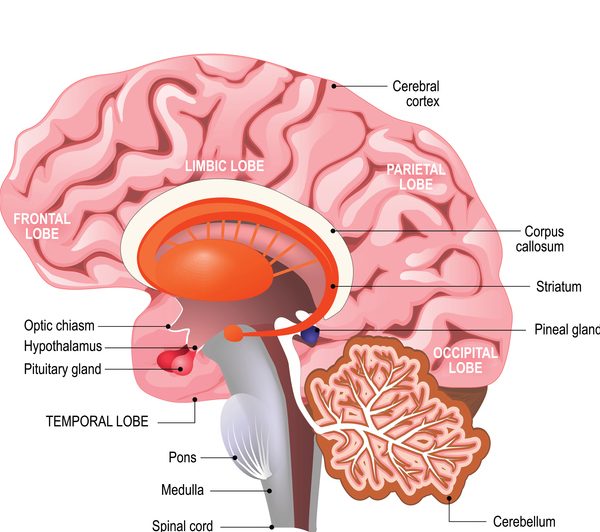
This question is one that regularly comes up in cases involving head injuries. Unfortunately, the level of force needed to cause a subdural haemorrhage (SDH) is not actually known.
The consensus among experts is that the force is more than normal handling or rough play and that an accident causing a SDH would be memorable to the carer. It is often stated in Court that if minor incidents or rough play caused a SDH then A&E would be full of babies with brain injuries and this simply isn’t the case.
That being said, we know from various research papers and court testimony/judgments that accidents can cause SDH and those accidents don’t have to be significant (such as a high speed road traffic accident which is often what parents are told in hospital).
There are some medical conditions that can reduce the level of force needed to cause SDH, including clotting and genetic conditions as well as conditions affecting the brain structure such as BESS.
Could birth be responsible for the bleeding?
During proceedings involving non-accidental injury, where all relevant medical conditions for subdural haemorrhages (SDH) have been excluded, the remaining cause is trauma. With a baby, trauma can only be one of three things – birth injury, accidental injury or non-accidental injury.
It is clearly very difficult to research the force needed to cause intracranial bleeding as it would be unethical and dangerous to experiment on children. Animals and models are not accurate representations. However, there have been three important research papers published over the years, particularly one quite recently which demonstrated that SDH occurs much more commonly at birth than was once believed.
This paper concluded that in fact 46% of babies are born with a SDH. This is an incredibly high figure considering that not so long ago experts were of the opinion that birth would only very rarely cause a SDH and then only if it was a traumatic birth. In fact, the 46% covers all modes of delivery, including caesarean section (where there is seemingly very little force). Of these 46%, most SDHs had resolved within 1 month and all of them within 3 months.
Previously held medical belief has therefore been proved wrong. It is often forgotten that medical science is advancing quickly and what was once believed, even as recently as ten years ago, has been disregarded since.
